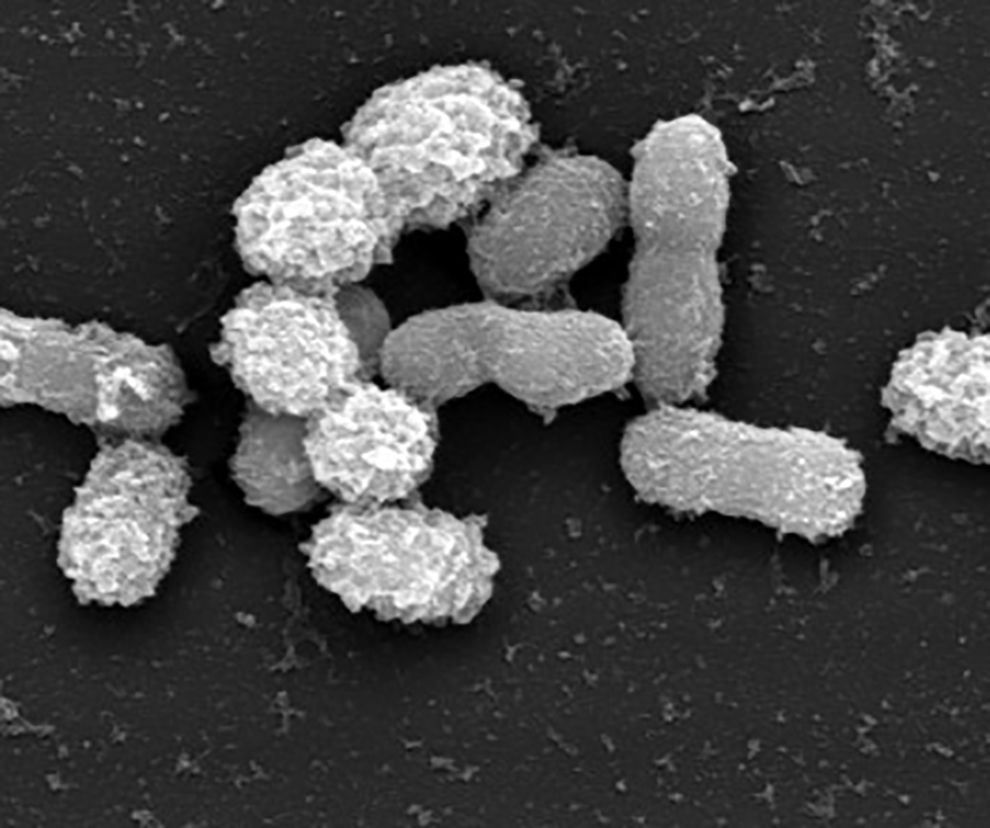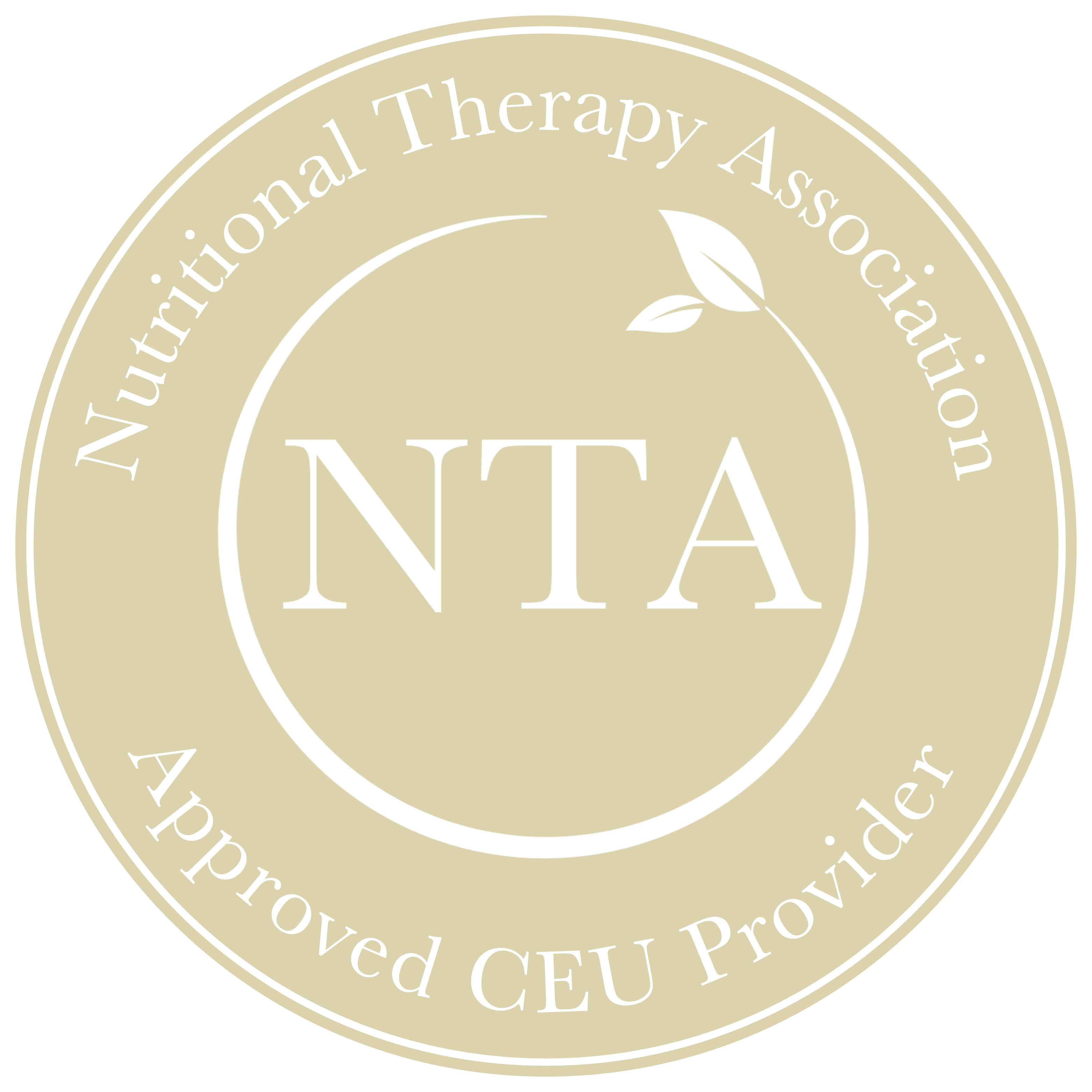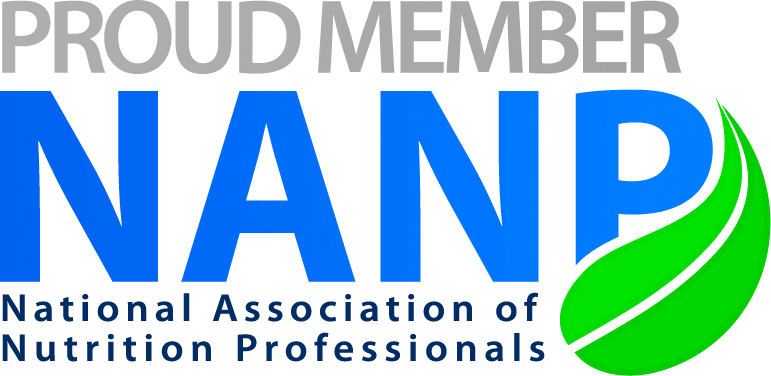As nutrition professionals, our top priority is ensuring the health and optimal function of our clients’ digestive processes. An essential aspect of this is achieving balance and diversity in the gut microbiome.
When it comes to the various bacterial species that make up the microbiome, some appear to have a more significant impact than others. Ensuring optimal levels of these individual species – not too low, not too high – can have a far-reaching effect. One of the keystone species of beneficial bacteria is Akkermansia Muciniphila. It has received a lot of attention recently as several studies have connected adequate quantities to optimal body weight and shown it to be protective against Type II Diabetes, as well as severe digestive issues such as Ulcerative Colitis and Crohn’s Disease.
For evaluating the health of the gastrointestinal tract, at Restorative Wellness Solutions we teach the GI-MAP Stool test, which includes assessment of Akkermansia Muciniphila levels. As any Restorative Wellness Practitioner who regularly runs these panels will tell you, this species frequently comes up not only low, but often below detectable levels. This is concerning given its importance and warrants further discussion: What exactly is Akkermansia Muciniphila? Why is it so impactful to our overall health? And what can we do to help it proliferate?
Akkermansia Muciniphila is a commensal gram-negative, strictly anaerobic, non-motile, non-spore-forming, oval-shaped bacterium, and makes up a notable 1-4% of our microbiome. It lives in, and nourishes itself from, the carbon and nitrogen found in the mucosal layer coating our intestinal walls (hence the “Muciniphila” which translates to “mucous loving”). However, rather than degrading the gut lining in the process as one might assume, it enhances mucosal production in the gut and provides protection against leaky gut. We know an intact and healthy gut lining is integral not only to digestive health, but to immune and metabolic health as well.
What’s particularly interesting about Akkermansia Muciniphila is that, unlike most other beneficial bacteria, it doesn’t depend on our diet to feed it. Even when there are no nutrients in the digestive tract, it feeds on the mucin in the mucosal layer, building up a stronger, healthier gut lining in the absence of us “feeding” it.
Akkermansia Muciniphila is typically abundant in children and decreases with age and illness. Restoring it to optimal levels can yield many benefits.
Indeed, research has connected levels of Akkermansia Muciniphila to many functions and health issues:
* Low levels of A. Muciniphila are associated with Crohn’s Disease and Ulcerative Colitis.
* It has been shown to have a powerful connection to Type II Diabetes, and yields clues as to the role of the microbiome in blood sugar regulation. In fact, this paper gives incredibly promising news, connecting A. Muciniphila to improved liver function, a reduction in gluco-toxicity, the alleviation of oxidative stress, and suppression of inflammation, concluding, “Akkermansia muciniphila might be considered as one of the ideal new probiotics used in the management of type 2 diabetes mellitus in future.” Another study showed A. Muciniphila to improve glucose homeostasis.
* It reduces the inflammatory burden as a result of a healthy gut lining that is not allowing endotoxins such as lipopolysaccharides to circulate through the bloodstream.
* It has been linked to the reversal of liver dysfunction.
* Recent studies have connected A. Muciniphila to reduced body weight gain and a lean phenotype.
* It has been shown to reverse atherosclerosis, by improving metabolic endotoxemia-induced inflammation through restoration of the gut barrier.
* It regulates immune function.
* It fuels the proliferation of other beneficial bacteria species, such as Faecalibacterium prausnitzii, which feeds on the short chain fatty acid acetate that A. Muciniphila produces. F. Prausnitzii in turn converts the acetate produced by the A. Muciniphila into the short-chain fatty acid butyrate, which fuels the cells lining the gut. This process is known as “cross-feeding.”
You’re getting the picture, I’m sure, and now understand why Akkermansia Muciniphila is considered a keystone species.
The next question, then, becomes: how do we encourage the growth of Akkermansia Muciniphila? Here are some ideas to get you started:
1) Increase the consumption of polyphenol-rich foods, in particular grapes, cranberries, and pomegranate seeds. Cranberries and grapes in particular contain a class of polyphenol called proanthocyanidins, which stimulates the production of mucin, which is what A. Muciniphila loves to eat.
2) Eat fatty fish and/or supplement with fish oil. The fatty acids in oily fish have been shown to support A. muciniphila proliferation.
3) Avoid excess alcohol, which significantly lower A. muciniphila.
4) If tolerated digestively, consume prebiotic foods that stimulate the proliferation of Bifidobacterium, which has a synergistic relationship with A. Muciniphila. Fructooligosaccharides (FOS) in particular – present in banana, garlic, asparagus, and onions – support an abundance of bifidobacterium. While you cannot, at this point, supplement with Akkermansia Muciniphila directly, incorporating a supplement that includes bifidobacterium species can support the proliferation of A. Muciniphila indirectly.
Akkermansia Muciniphila is a true rock star commensal bacteria and we are still only at the beginning of understanding all of its many important roles in human physiology and health. When you see it low or below detectable levels on a stool test, take note, and consider these strategies for increasing its proliferation and impact.
References and additional reading:
https://en.wikipedia.org/wiki/Akkermansia_muciniphila
https://pubmed.ncbi.nlm.nih.gov/31599433/
https://www.frontiersin.org/articles/10.3389/fimmu.2017.00850/full#B8
Image credit: Science Direct







